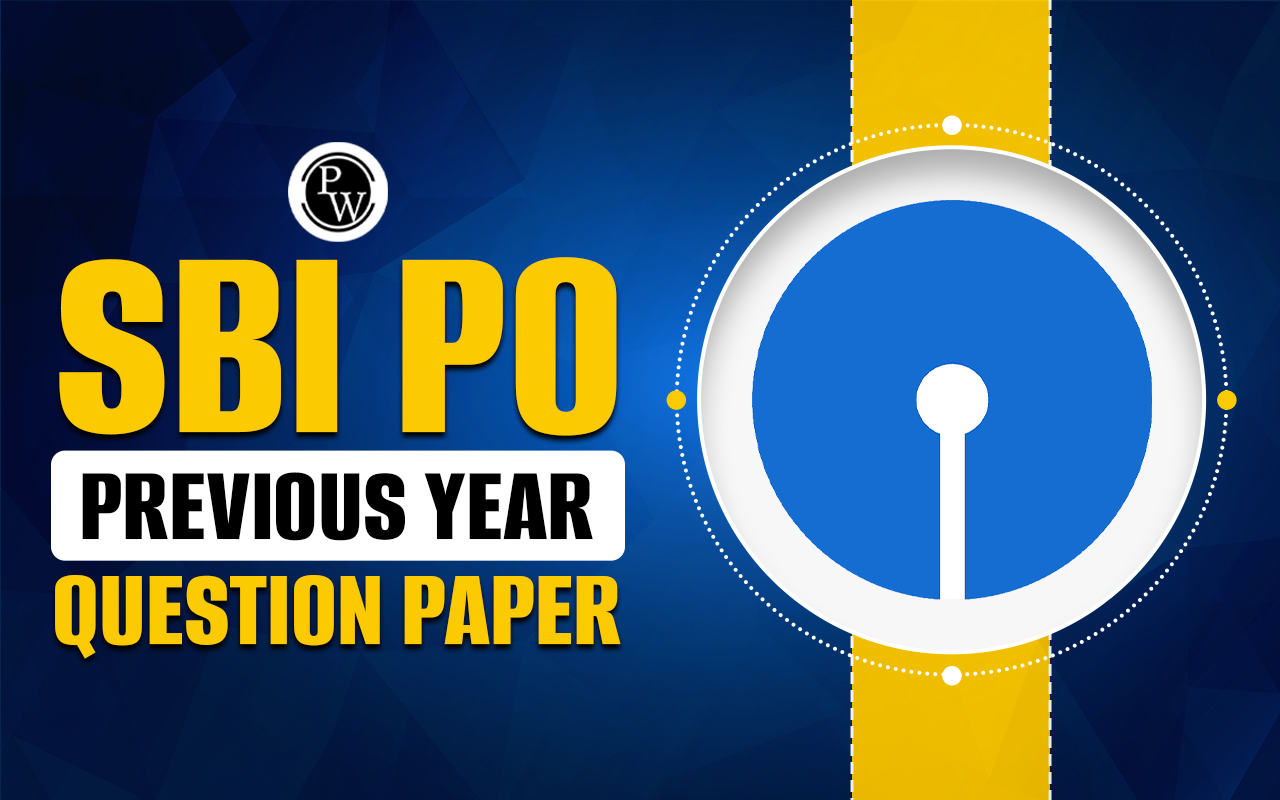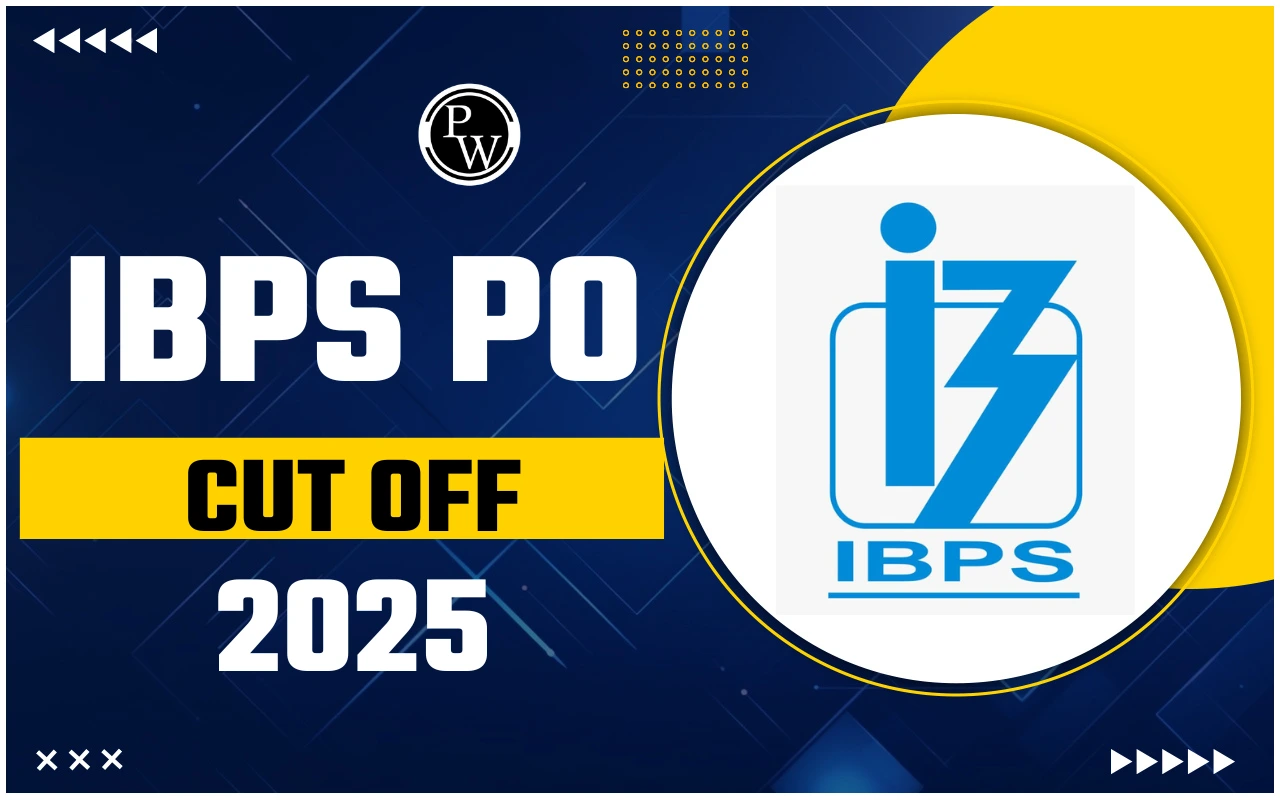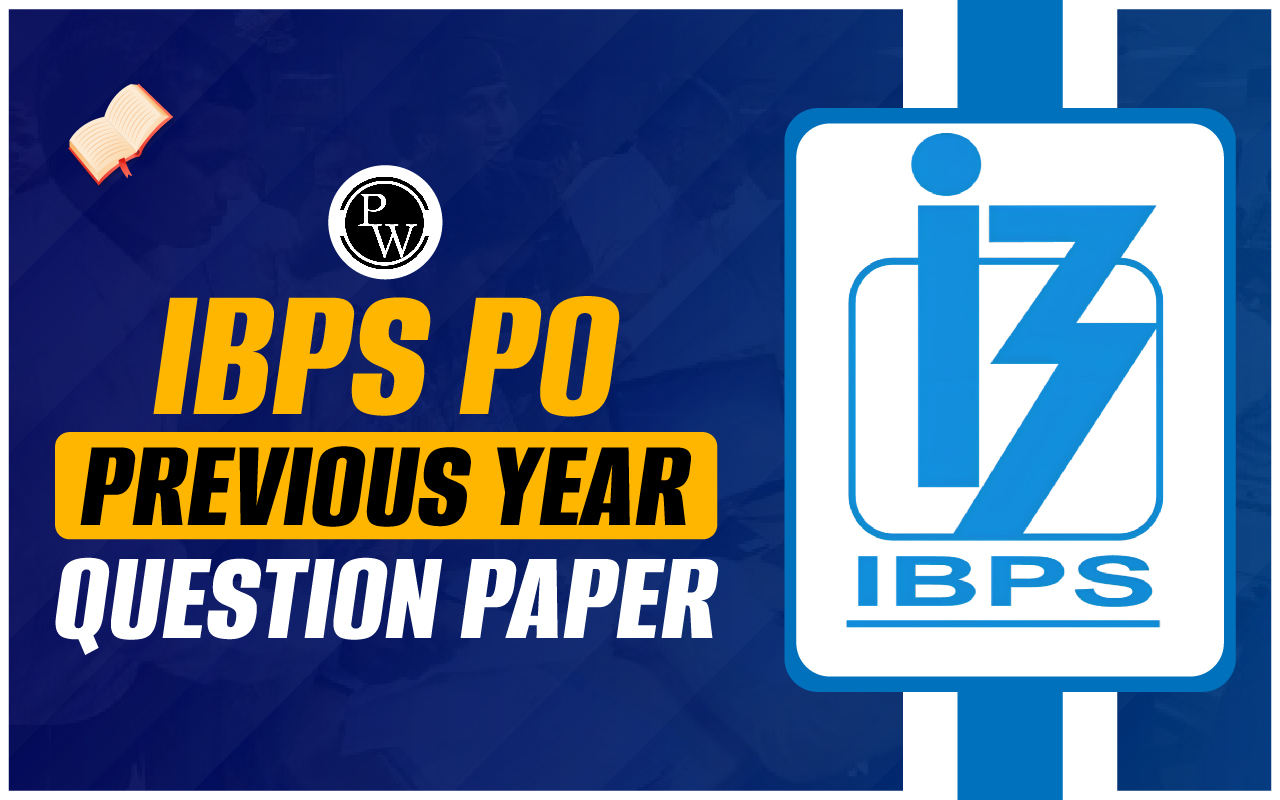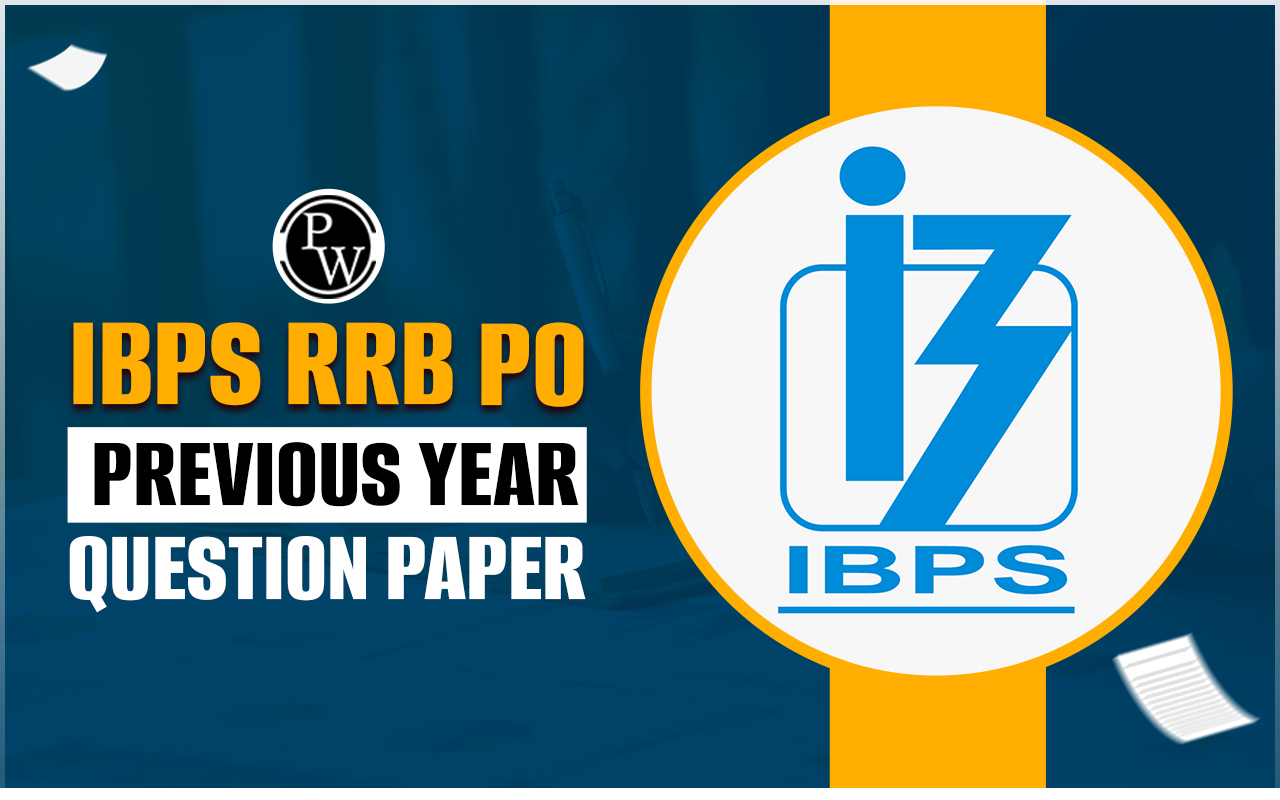Paperless banking means
doing banking activities without using paper or traditional documents.
Instead, it uses electronic methods and digital technology to handle money transactions, manage accounts, and offer other banking services.
In paperless banking:
-
Online Banking:
Customers can use secure websites or mobile apps to access and control their accounts.
-
Digital Statements:
Instead of getting paper bank statements, customers can choose to get electronic statements online.
-
Electronic Transactions:
Things like moving money, paying bills, and other money-related tasks are done electronically.
-
Account Opening and Management:
People can open and manage bank accounts online, often without using paper forms.
The aim of paperless banking is to make things simpler, use less paper, work more efficiently, and give customers easy and environmentally friendly banking experiences. It helps create a banking system that's better for the environment and uses advanced technology.
Paperless Banking is Also Known As
Paperless banking is also known as
"digital banking" or "electronic banking."
Paperless banking, often termed "digital banking," involves conducting financial activities and transactions electronically without the use of physical documents.
Paperless Banking in India
In today's digital world, banking is changing to use computers and phones instead of a lot of paper. In India, where people use a ton of paper in banks, there's a big push to use less paper by going digital.
-
Digital banking lets us do banking things online anytime, anywhere. In India, lots of people are using digital platforms for money stuff, showing that more and more people are going digital.
-
Switching to digital paperwork instead of using paper has some challenges, like needing the right technology and convincing everyone to change. But with efforts from tech people, banks, and regulators, these challenges can be fixed.
-
Banks are working with digital companies to make important processes, like home loan paperwork, faster and easier. For example,
South Indian Bank
worked with a digital document company to speed up their home loan paperwork to just minutes.
-
Going paperless in banking is a big change, and it comes with its own problems. But the good things, like saving money, being faster, and making customers happier, make it worth it.
-
Overcoming challenges, like convincing everyone to switch and having the right technology, needs careful planning and teamwork. As India goes more digital, using less paper in banking is super important for a smoother, faster, and safer banking system.
Paperless Banking Benefits
Paperless banking
have many benefits, below are major benefits of paperless banking:
-
One of the clear advantages is increased productivity, which can go up by
30-40%
when going paper-free.
-
Investing in paperless technology usually pays off within
12-18 months.
In today's world, people are changing banks more often. They pick and switch based on what's convenient, the quality of service, and price, expecting flexible and limitless banking.
-
With millennials having significant buying power, reaching
$1.4 trillion by 2020,
businesses need to adapt to attract this new generation. Currently,
90% of millennials
use mobile banking and want an online experience.
-
If mobile features don't meet expectations, millennials quickly abandon transactions, even opening accounts. The digital features will keep expanding to offer a broader range of banking services, going beyond just technology and security.
-
This includes adopting FinTech, changing business models, improving customer experiences, and unlocking new possibilities for employees and business networks.
Paperless Banking Advantages
Paperless banking means doing your banking without paper. Instead, you use computers and smartphones to handle your money. This way of banking has many good things for both the bank and you. Here are some good things about paperless banking:
1. Easy to Use:
-
Access Anytime:
You can use your bank accounts and do bank things 24/7. You just need to go online or use a mobile app.
-
Quick Transactions:
Doing things online is faster than using paper. This means you can send money, pay bills, and do other money stuff more quickly.
2. Saves Money:
-
Less Paper and Printing Costs:
Banks save money because they don't need as much paper, ink, and stamps. They can ask you to get your bank statements and other things online.
-
Works Better:
Using computers and less paper helps the bank work better. They don't need to do as much work with paper.
3. Good for the Earth:
-
Less Pollution:
Paperless banking is better for the environment. Using less paper means fewer trees get cut down, and there's less pollution from making and throwing away paper.
-
Stops Losing Paper:
Less paper means less chance of losing important papers. This helps keep your money information safe.
4. Keeps Your Money Safe:
-
Safe Transactions:
When you do things online, it's safe. Banks use special technology to keep your information safe.
-
No Losing Papers:
Your money papers won't get lost because they're on the computer.
5. Helps You Keep Track:
-
Find Things Easily:
Using a computer helps you find your money information quickly. You can search for things and see them right away.
-
Saves Space:
You don't need space for lots of papers. Everything is on the computer, so it's easy to keep your money things organized.
6. Use Your Phone for Banking:
-
Take Pictures of Checks:
Some apps let you deposit a check by taking a picture of it with your phone.
-
Pay with Your Phone:
You can use your phone to pay for things without using cash.
7. Easy to Talk to the Bank:
-
Quick Alerts:
You get quick messages about what's happening with your money. This helps you know about transactions right away.
-
Many Ways to Talk:
You can talk to the bank by email, inside the app, or through chat. This makes it easy to get help.
8. Keeps Up with Changes:
-
New Technology:
Paperless banking helps banks use new technology fast. They can keep up with what people want in the digital world.
Even though paperless banking is good, banks need to be very careful with keeping your information safe. Some people still like using paper, so having choices is a good idea. That way, everyone can do what works best for them.
Paperless Banking Importance
Paperless banking
is about making banks more environmentally friendly. In the past, banks used big books to write down transactions, but now they use computers and phones to do things quickly. However, some things, like opening accounts or dealing with mortgages, still use a lot of paper. People today like fast, safe, and personalized banking experiences, similar to online shopping.
To stay competitive, banks need to change with what customers want. Going paperless is one way to do this. Green banking is becoming a big part of the digital change in banking. We believe that for this change to work well, banks should not just make small changes here and there. They need to look at the whole picture, both the things customers see (like online services) and the things happening behind the scenes.
Getting rid of paper, making the customer experience better, and growing by offering more digital services. This way, banks can fully embrace a paperless strategy and be more eco-friendly.











